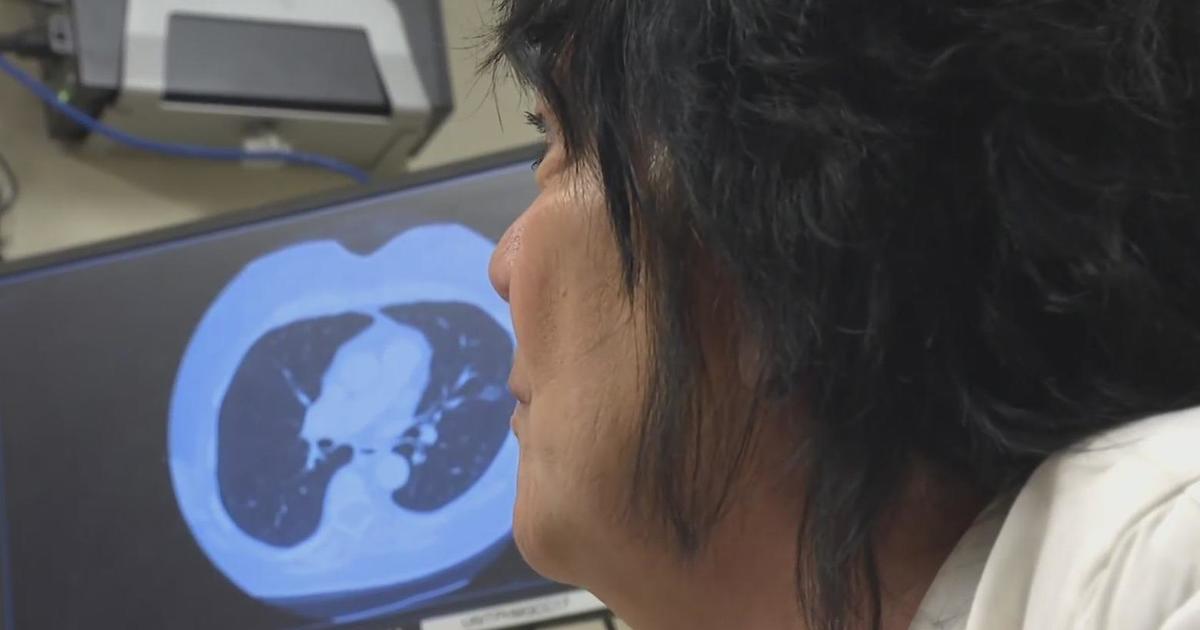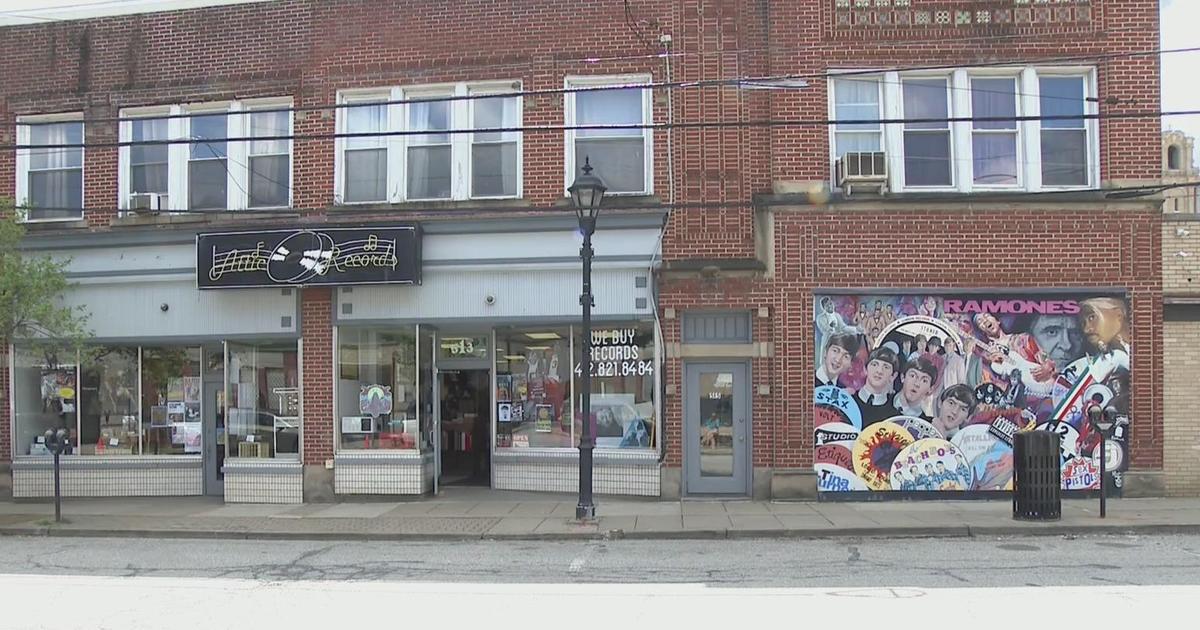New Tool Helps Detect Skin Cancer, Improves Identification Accuracy
Follow KDKA-TV: Facebook | Twitter
PITTSBURGH (KDKA) -- Has skin cancer finally met its match? There's a new tool to help identify skin cancer.
Candace Herrington loved to be tan. Laying out, tanning beds -- whatever it took.
"Family vacations to the beach, we spent a lot of time at the swimming pool, and pretty much, the practice was you put on sunscreen right before you went outside and you'd be outside for 6 to 8 hours and you really didn't reapply," she says. "Come high school is when I started using tanning beds before dances, prom."
But what it took was Candace's skin.
About seven years ago she developed a spot on her nose, like a pimple that didn't heal. It was basal cell cancer, and she had surgery to cut it out.
"That was sort of the tipping point for me," she says.
Candace, who works at Allegheny General Hospital, now goes for regular skin checks.
Traditionally, dermatologists would just look you over head to toe, to examine your moles. These are brown or pink spots on your skin that are collections of pigment cells that you acquire over your lifetime. They would then lop off anything they thought was suspicious for cancer.
But now the tools dermatologists use have become more sophisticated.
"Dermoscopy is a handheld device, and it basically has magnifying lenses on it and LCD lights within it," said Allegheny Health Network dermatologist Dr. Mary Martini. "We can image the pattern of that mole and how it's growing and how the cells within it are organized."
The doctor looks for symmetry, color and cell patterns. Under the dermatoscope, a normal mole will have two or three colors and only one pattern of cells -- either like a branching tree or a cluster of grapes. More than three colors and a combination of patterns within the same mole is concerning for cancer.
The idea is to remove abnormal moles early before they cause damage.
"Dermoscopy has improved our accuracy of identifying melanoma in a major way," Martini said.
This tool allows doctors to tell the difference between benign and malignant without having to take a piece of tissue.
"For the patient, there's less biopsies than we did previously, because the scope is an aid that prevents biopsy if you know it's a totally benign lesion," Dr. Martini said. "Now, I go in, I place the scope on there, and within ten seconds, I say, benign mole, no need to remove."
Dermoscopy is also used to detect other types of skin cancer -- basal cell and squamous cell -- which have their own distinct patterns.
The tool is also used to help in the diagnosis of parasites, skin viruses and fungal infections, and scalp diseases causing hair loss. But the mainstay is its use in finding skin cancers.
There is no added cost for this type of exam, but it does take more time.
Candace is glad to take the extra time... and the extra precautions.
"I don't spend as much time in the sun, I don't spend summers by the pool very much, and I just apply sunscreen as much as I can," she said. "I reapply every hour. I wear hats when I'm out in the sun."



